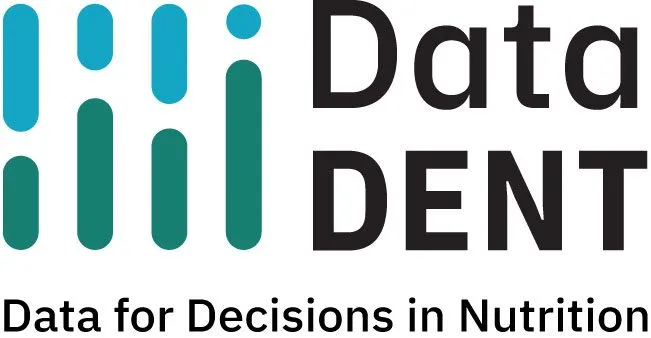Manuscript | https://doi.org/10.1093/cdn/nzaa141
Date of Publication | September 2020
Abstract:
Minimum dietary diversity (MDD), a population-level dietary quality indicator, is commonly used across low- and middle-income countries to characterize diets of children aged 6–23 mo. The WHO and UNICEF recently updated the MDD definition from consumption of ≥4 of 7 food groups in the previous 24 h (MDD-7) to ≥5 of 8 food groups (MDD-8), adding a breastmilk group. The implications of this definition change were examined across 14 countries in Eastern and Southern Africa where improving complementary feeding is a policy priority. A lower MDD-8 score was found compared with MDD-7 across all countries; in 3 countries the difference between indicators was >5 percentage points. Country-level variability is driven by differences in breastfeeding rates and dietary diversity score. As countries transition to the new indicator it is important to actively publicize changes and to promote valid interpretation of MDD trends.
Suggested Citation:
Heidkamp RA, Kang Y, Chimanya K, Garg A, Matji J, Nyawo M, Craig H, Arimond M, Thorne Lyman AL, Implications of Updating the Minimum Dietary Diversity for Children Indicator for Tracking Progress in the Eastern and Southern Africa Region. CDN 2020; 4:9,nzaa141.
![]()
